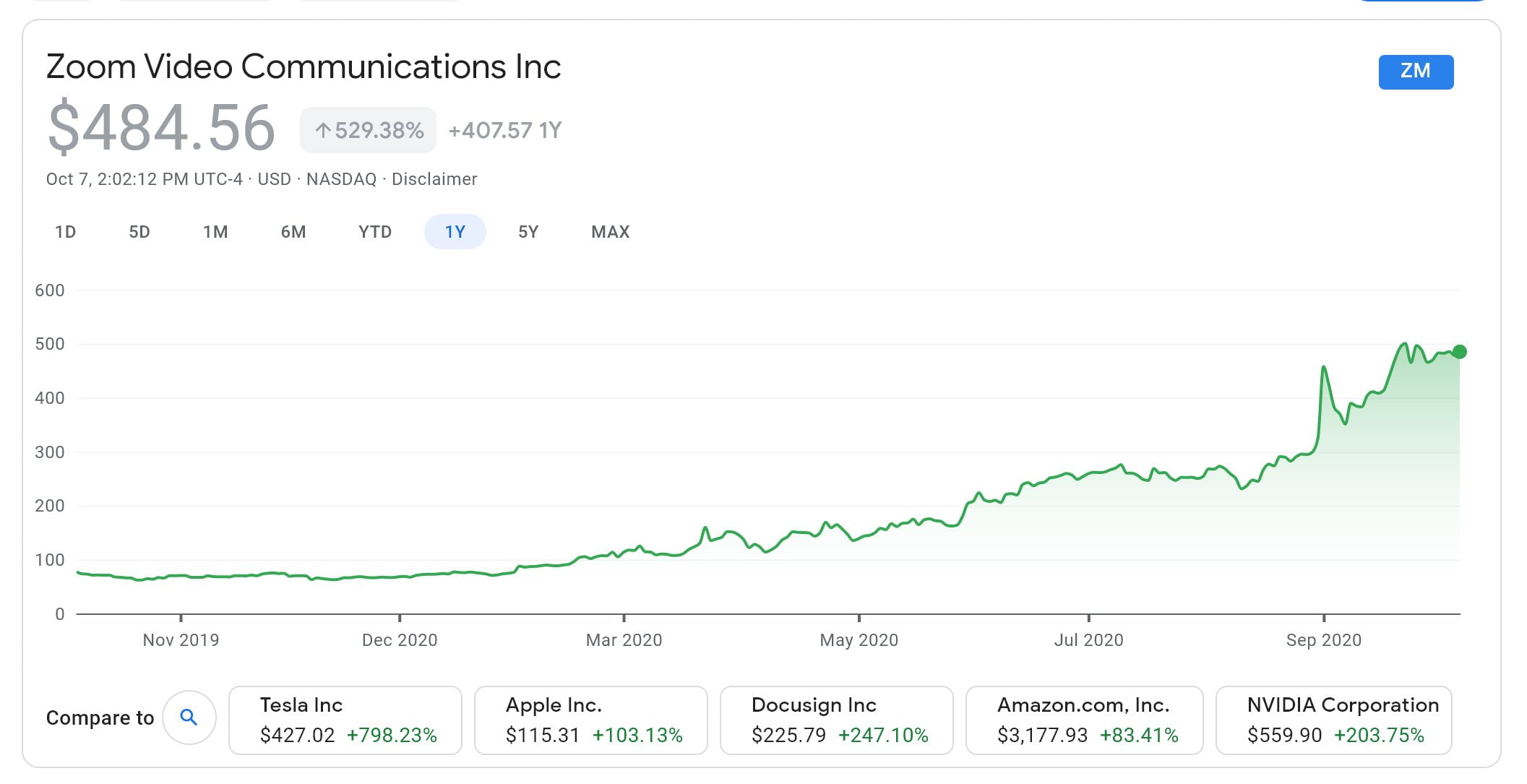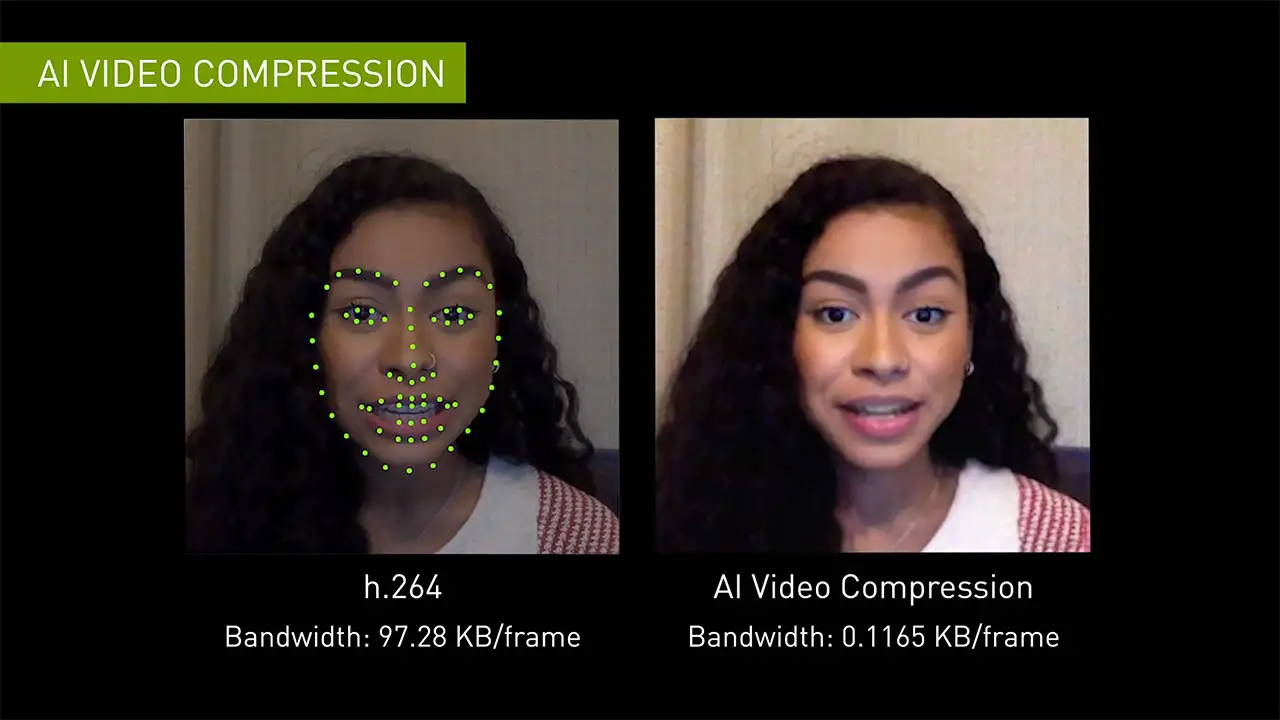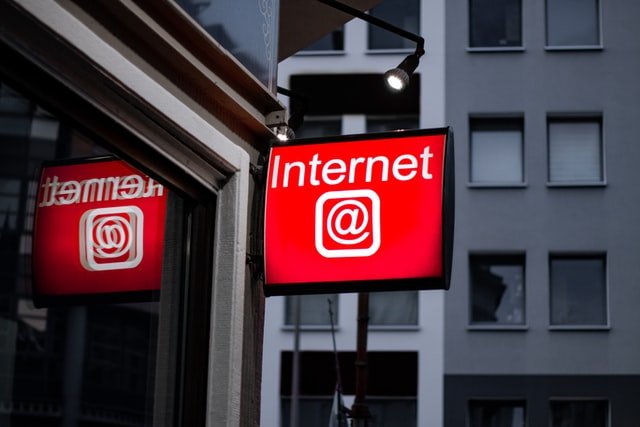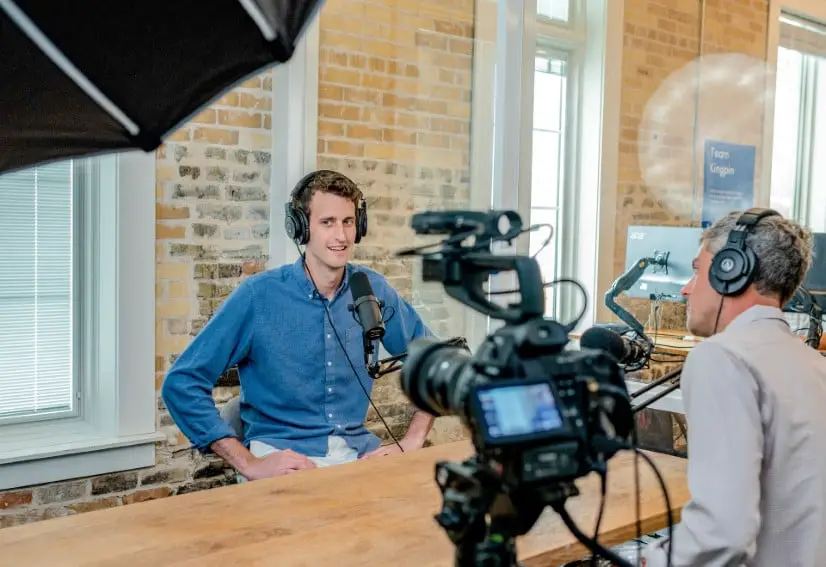Nvidia just announced an innovative artificial intelligence application a couple of days ago and it’s big deal for a few reasons.
Let’s take a look at what it is and what it does first:

What is Nvidia Maxine?
Nvidia Maxine is an AI powered video streaming platform for developers. While it’s the platform that provides the technology that can be used for video calls or video conferencing, it’s not the end user product such as:
- Skype,
- BlueJeans,
- Microsoft Teams,
- Google Duo,
- Hangouts,
- Zoom
It’s more the technology platform that applications could use if they wanted to.
AI became a chic word that’s used in so many products and/or services today but true AI innovation instantly shows off.
Traditionally, current video codecs (such as H.264) can be quite heavy on the internet connection due to its high quality and data size that comes with it. H.264 has been great for videos that are already recorded such as online movies, Netflix, Hulu, Youtube Videos etc. But when it comes to streaming it has the quality we want at a high internet speed cost.
Publicly trading video communications company Zoom has already seen a massive surge in stock prices going up to $485 in the spot market (as of October 7, 2020) from only approximately $70 in early January 2020 shortly before pandemic has broken out ZM:NASDAQ stock price on Google Finance.
What if we could have the support of predictive AI technology that made the application require 1/10 of the data size for a very similar image quality? That’s what Nvidia did.

At this level Zoom’s market capitalization surpasses IBM’s approximate market cap of $110 billion US (IBM Market Capitalization Data on Nasdaq: IBM:NASDAQ) with $125 billion US.
Why is Nvidia Maxine special?
Nvidia’s Maxine implements Generative adversarial network, GANs, to create a deep fake of your own self.
Basically, what happens is, once the deep fake structure is created your movements, mimics, facial expressions, gestures and mannerism are transferred through the AI powered image that’s displayed to your counterparty. Apparently this allows massive amounts of data saving without overwhelming GPU or CPU too much.
We have already been seeing funny (or scary depending on the application and from where you look at) deep fake videos surface the internet recently. This is the immature phase of a technology when it first emerges and nobody is quite sure what to do with it.

I believe if Nvidia Maxine is mass adapted, which it definitely might especially if it can achieve its promises like 10x data saving, this will be the beginning of a new are where AI and particularly GAN are becoming mature end-user products and services.
Given the pandemic, more people than ever need this technology at affordable rates and
Nvidia’s AI innovation couldn’t be timelier.
Given the public activities on Nvidia’s public Github repository and their extensive usage of Pytorch and Tensorflow for machine learning applications, Nvidia is highly likely to be using Python for their Maxine streaming platform as well.
Although Nvidia states the data size savings are up to 10x on the official webpage of Maxine here. In the promotion video Bandwidth usage per frame is announced as almost 900x ( 97KB vs 0.11KB ). There seems to be a confusion here but moving passed that, 10x data reduction without much quality loss is still huge deal.
On top of data savings Nvidia Maxine also promises to convert videos with 360p quality to 720p in a very realistic way. Here is the interesting promotion video from Nvidia AI Research:
Global Internet Usage
As of 2020, approximately 4.5 billion people have some form of internet access while 3.5 billion people still has no internet access whatsoever.
According to UNESCO data this approximately corresponds to a ratio of 55% to 45% over the global population. This is absolutely a heart-breaking number considering how much we get done through the internet today both for business and pleasure.
During the pandemic times of Covid-19, for 100s of millions of people video conferencing has been a life saver (in addition to yoga, online shopping, dark chocolate, video games, video streaming services and remote work to name a few). Unfortunately, not all of us are equally blessed with the availability of tech at the tip of our fingers.
On the flip side though, we have some good news. Internet usage stats will continue to get better and according to Cybersecurity Almanac (co-published by Cybersecurity Ventures and Cisco), global internet access percentage will increase to 6 billion in 2022 and all the way up to 7.5 billion in 2030 (90% of the projected population of 6+ yo ).
And, although 55% of the world seems to have access to internet, it doesn’t mean they all have high broadband connections. 6% of internet users in the US and 13% of internet users in Australia still has slow speed internet. (Reference: Weforum Internet Access Article)
Internet access statistics are approximately 9 in 10 in developed countries, 5 in 10 in developing countries and only barely 1 in 10 in underdeveloped countries.

Also, when the internet is less available it tends to be very expensive and restricted and this can be a huge deal breaker for someone trying to put food on the table.
One thing these numbers expose is that video streaming, whether it’s for entertainment, online education (MOOCs) or video conferencing, is still nearly impossible for billions of people in 2020.
This statistical contrast makes it easier to comprehend the need of innovation in video streaming and to what extent it can change lives.
Future of Nvidia Maxine
It’s probably safe to conclude that this is just the beginning. Beginning of a very powerful and disruptive technology starting to creep into our lives.
Given the potential Maxine platforms enables, it’s probably safe to assume that its adaptation will be widespread very fast. We will watch and see how thing unfold for Nvidia’s Maxine platform.
Although Maxine already has the potential to make video conferencing available for millions of people with poor internet connection and save data at global scale we can see this application going further in terms of technological innovation.
Some of the applications Nvidia’s Maxine implementation can pioneer are:
- VR
- 3-D holograms
- Online News
- Presentations
- MOOCs
- Podcasts
- Suitable Vlogs
On the flip side, this technology will inevitably also be used by people with malintent and we can see a surge in unpleasant experiences caused by:
- online telemarketing
- impersonation fraud
- more sophisticated scams
- pranks
You are also more than welcome to visit our recent Machine Learning section.





